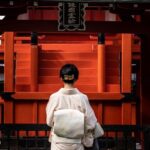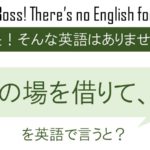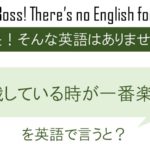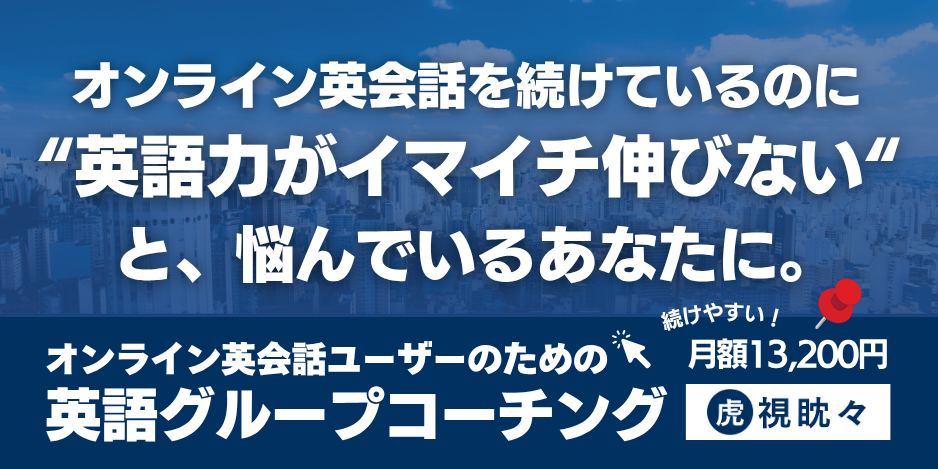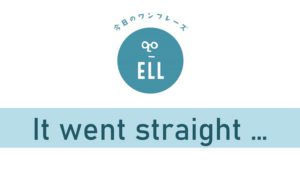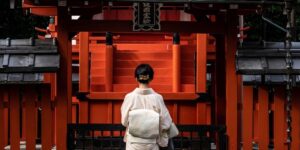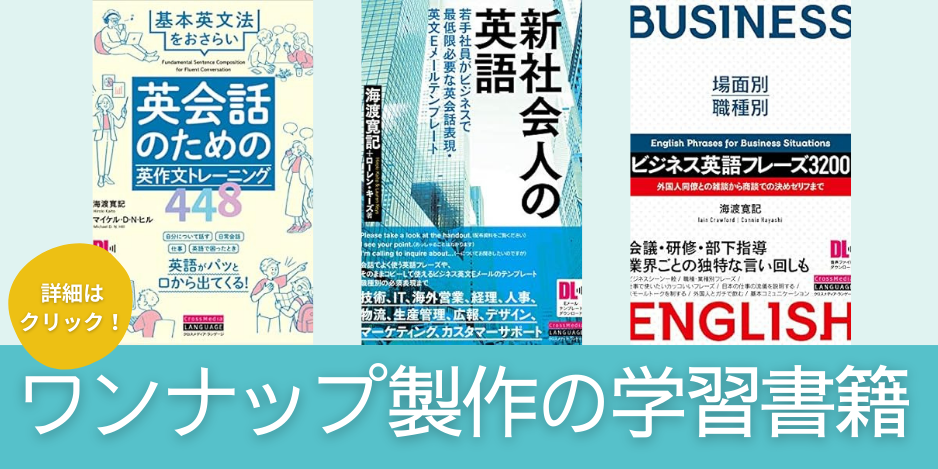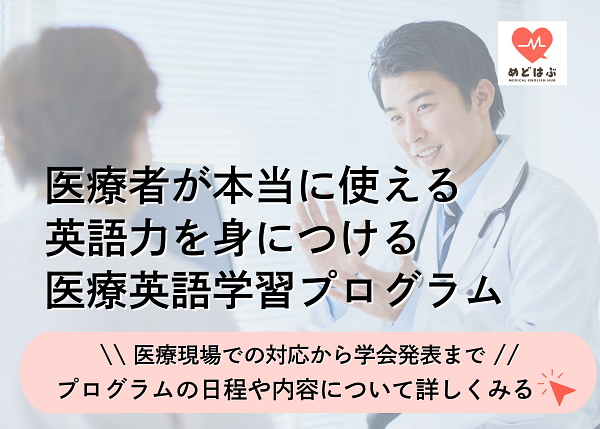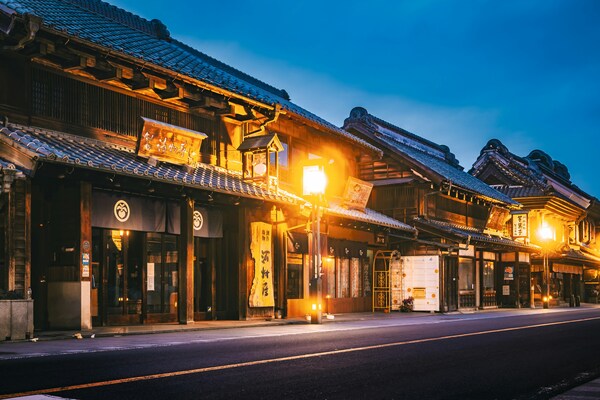
I recently went to the Edo-Tokyo Open Air Architectural Museum which is located in Koganei Park. Edo-Tokyo Open Air Architectural Museum is run by the Edo-Tokyo Museum which is in Ryogoku. The museum is actually a large park with many buildings and houses in it. The buildings are from around Tokyo. They are from different eras in Japanese history, ranging from Edo-era farms to Showa-era bathhouses, although I think a lot of them are mainly from the Meiji-Taisho eras. The houses were disassembled and then reassembled in the park.
You can go into each house or building and see what life was like during that period. For me, one of the most interesting periods for Japanese architecture was the Taisho era. During the Meiji era you saw the beginnings of westernization in Japan and this westernization continued into the Taisho era. During this era many shops adopted what is called “kanban kenchiku” or “signboard architecture”. This style developed from traditional Japanese townhouses known as “machiya”. These wooden houses would usually consist of a shop in the front with a living space for the shop’s owner’s family in the back. These traditional buildings were often modified to look more modern, which meant they were made western. The façade of the building was modified so that it looked more like a European building. The shop might also be modified to look more western, but the back part of the building was not changed. It was still a Japanese style “machiya”. There were several examples of “kanban kenchiku” at the Edo-Tokyo Open Air Architectural Museum including a stationery shop, a flower shop and a grocery store.
Also quite impressive is the house of Korekiyo Takahashi, who was a Japanese politician and prime minister of Japan and was killed in his house by a failed coup in February, 1939. The house is very big and luxurious and you could really tell that Takahashi was a very wealthy and powerful man. The building has two floors and many traditional tatami rooms.
Other interesting features include an old trolly car, an old police box and part of a fire watchtower. It is interesting how much the inside of the trolly car looks like the modern trains you see in Tokyo. The police box also looks similar to modern police boxes although the back has an interesting tatami area so that the police could take a nap while on duty.
The main problem with the museum is that it is not located near a station. I went there from Hana-Koganei station, which was about a 30-minute walk. I believe you can also get there by taking a bus from Musashino Station, which is about a 20-minute ride. That said, if you are interested in learning about Japanese architecture or history it is definitely an interesting museum. There are even two restaurants in the park, a western style teashop and a soba shop so you can make a day of it and enjoy lunch while looking at all the interesting examples of Japanese buildings.
Nathaniel
Vocabulary
range (verb) – to have several different amounts or types
disassemble (verb) – to separate something into its different parts
westernization (noun) – the process of ideas or ways of life that are common in North America and western Europe to be more accepted or adopted
modify (verb) – to change something such as a plan, opinion, law, etc. slightly, usually to improve it or make it more acceptable
façade (noun) the front of a building, especially a large or attractive building
coup (noun) – a sudden, illegal and often violent attempt to take power from a government
英語学習をフルサポート!
マンツーマン&コーチングの英会話教室



